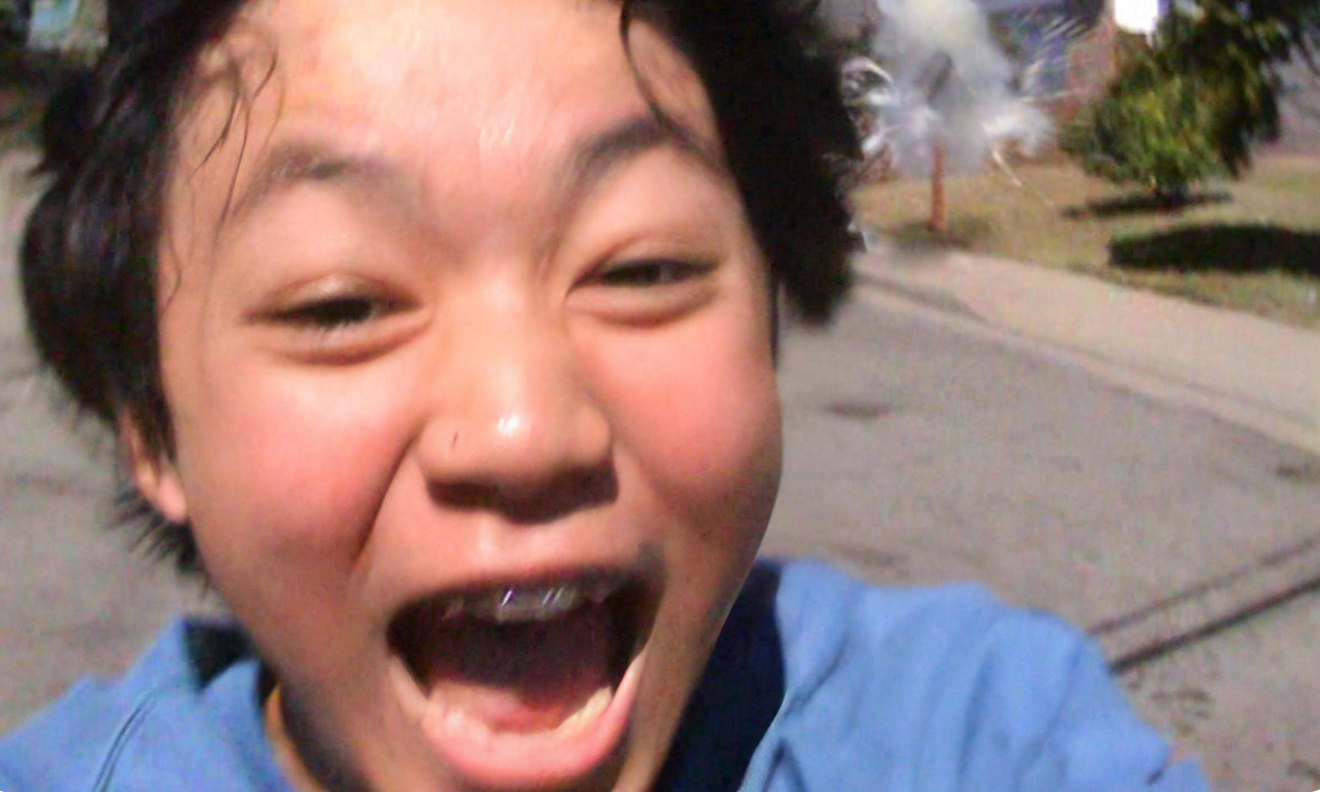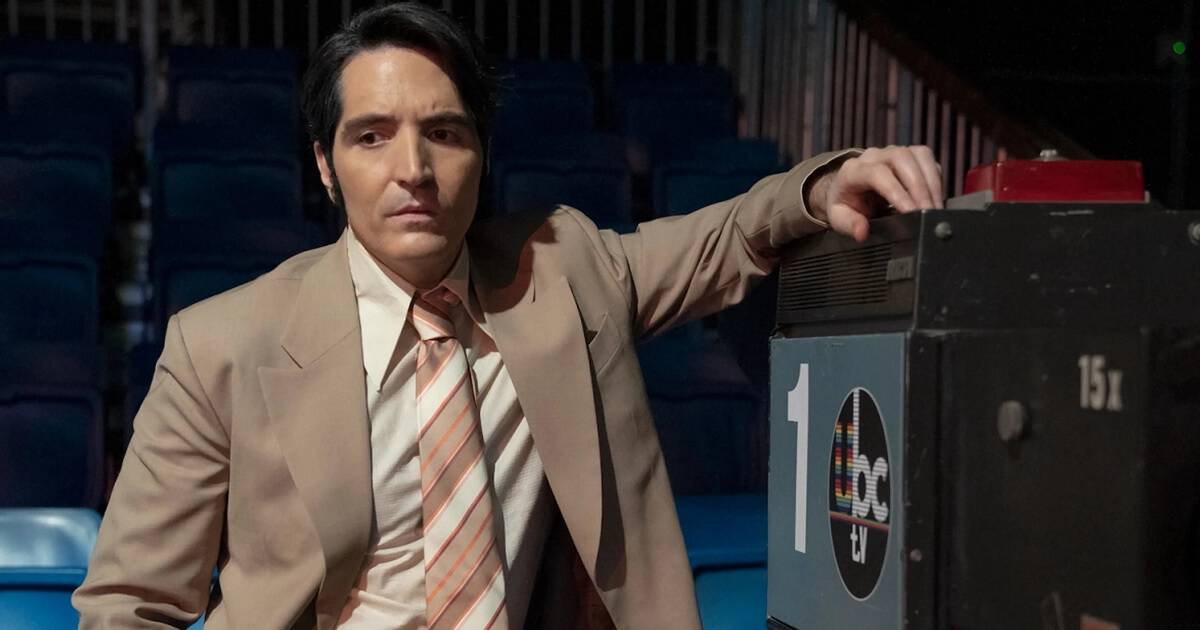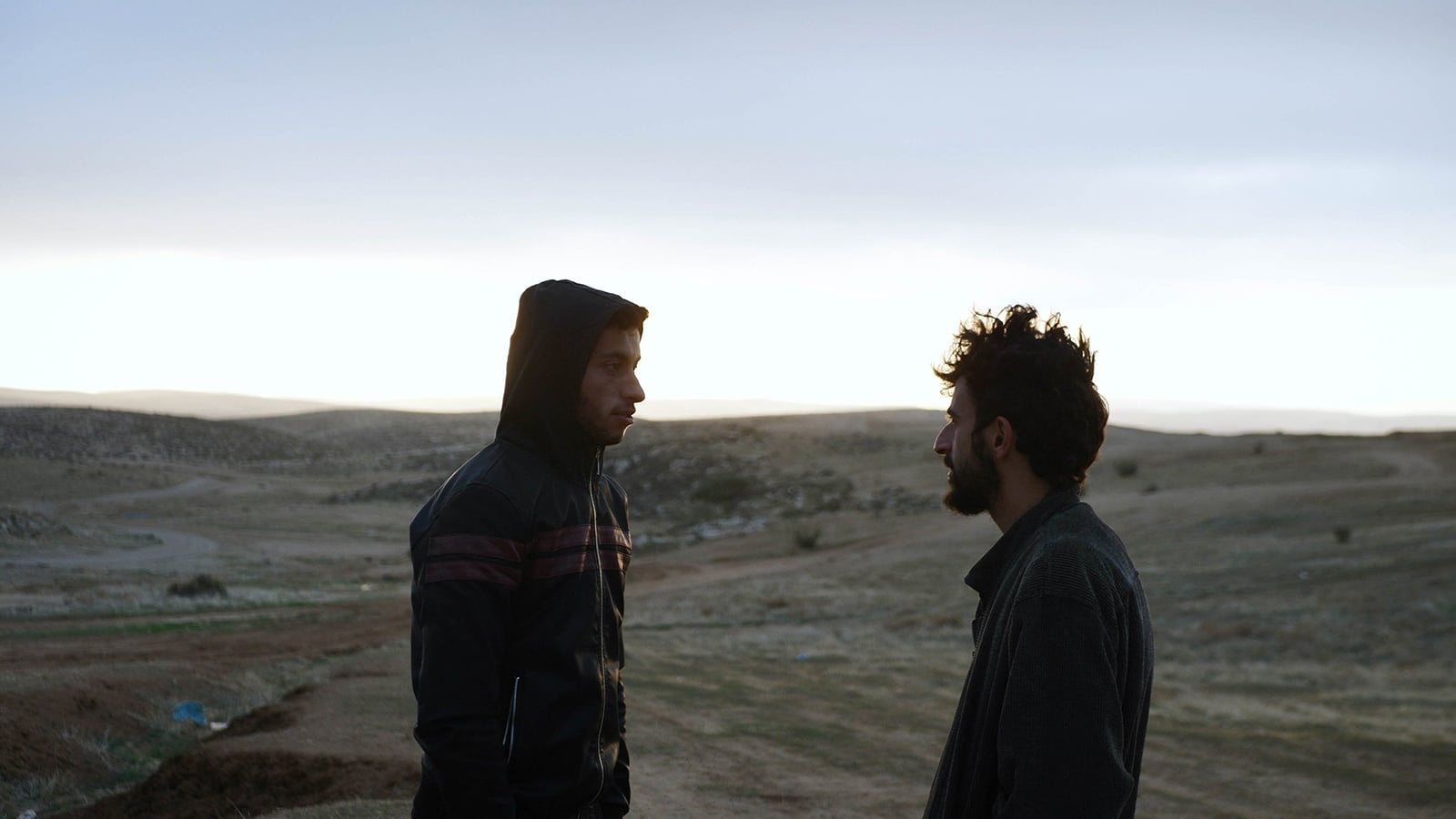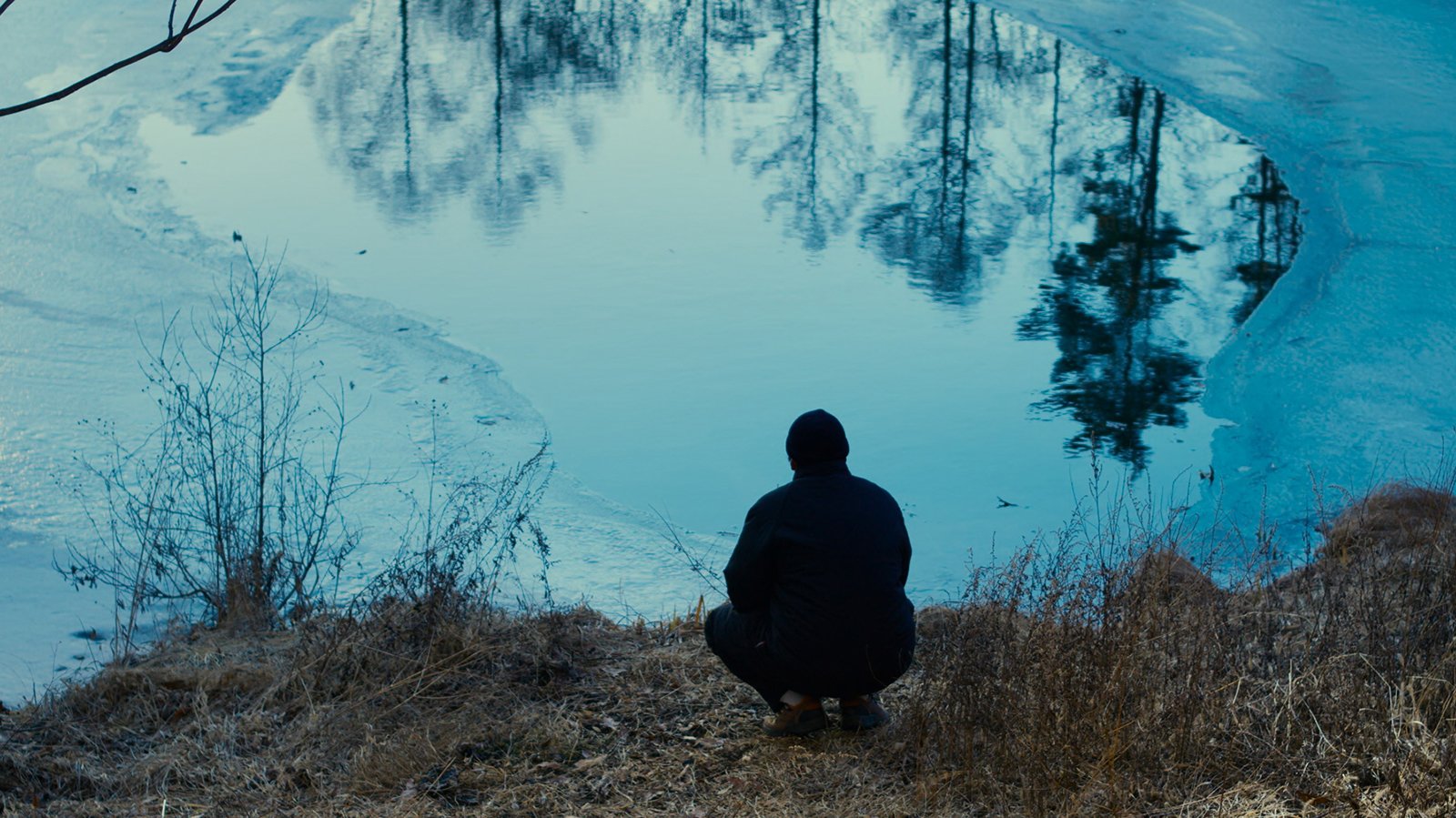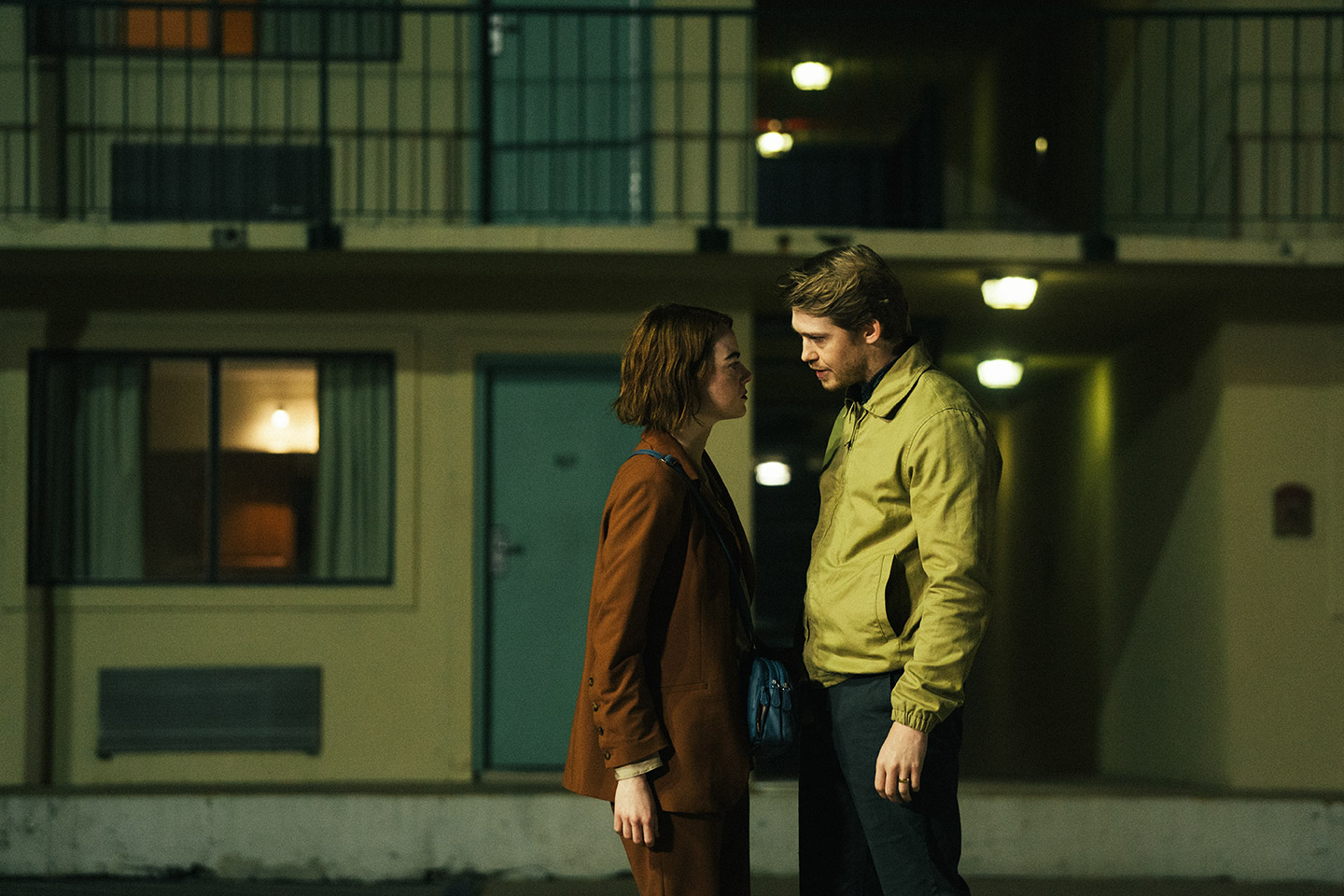Slashers are one of the most iconic horror genres but also one of the most overused and cliché. When done right, it can impart unbearable tension and dread, as the predator slowly stalks their prey and the victims fall one by one, but at its worst, it tends to be a listless collection of tropes with nothing new to say. With In a Violent Nature (2024), director Chris Nash turns the camera away from the main plot and places it behind the killer, following him in a third-person viewpoint as he slowly strolls through the forest, looking for victims. What was previously hidden in the peripherals of a slasher film is now exposed to the audience, mixing slow cinema with gory splatterfest trappings.
The movie starts with the "birth" of Johnny (Ry Barrett), an undead man who was buried in a shallow grave at the base of a fire tower in the woods. A gold locket marks his grave and catches the eye of one of the campers in the area. The camper impulsively grabs the necklace and runs off with his friends, unaware that his theft has awakened a malevolent creature. Johnny claws his way out of the dirt with one thought in his rotten brain: KILL. Thus begins his rampage, with the audience close behind at his heels.
One of the more interesting aspects of this film is how it combines disparate styles to create a cognitive dissonance within the viewer. The camera staging is similar to a Terence Malick or Apichatpong Weerasethakul work, with its distant wide angles and emphasis on quiet tracking shots. When Johnny occasionally catches up to his victims, it is as if he has wandered onto the set of a B-horror film, complete with cheesy dialog exchanges and character archetypes. During these moments, via his eavesdropping, we get bits of exposition dropped, but the story is constantly interrupted by Johnny, well, murdering everyone. The arthouse shooting style and the boxed-in 4:3 aspect ratio impart a Brechtian distancing effect to the horror sequences, which is novel and creative, and the complete absence of a score outside of a few instances of diegetic music makes it feel eerie and occasionally peaceful.
What are Jason and Michael Myers doing between the kills in horror films? The answer, apparently, is a whole lot of walking. The slow pacing of In a Violent Nature could potentially turn off a lot of viewers, but these leisurely sequences are punctuated by some of the most gruesome and disturbing kills in recent memory. The practical effects are effective and cringe-inducing, and one of the murders goes on for an obscene amount of time, relishing in the mundane details of killing someone. There are a few flashes of dry humor as well, like when Johnny recovers his necklace momentarily, and it has #1 Motherfucker engraved on the front, or one of the victims shouting, "What are you waiting for?!" in homage to that infamous scene in I Know What You Did Last Summer (1997).
The third act falters a bit, as it delves heavily into philosophical discussions as the final girl tries to escape Johnny's clutches. The concept is interesting, as there is a debate about why animals sometimes kill for pleasure rather than necessity, but it goes on for too long, and the sudden change of pacing dampens the excitement. Despite the underwhelming ending, the film is a solid execution of a high-concept idea that brings a fresh perspective to slashers.











